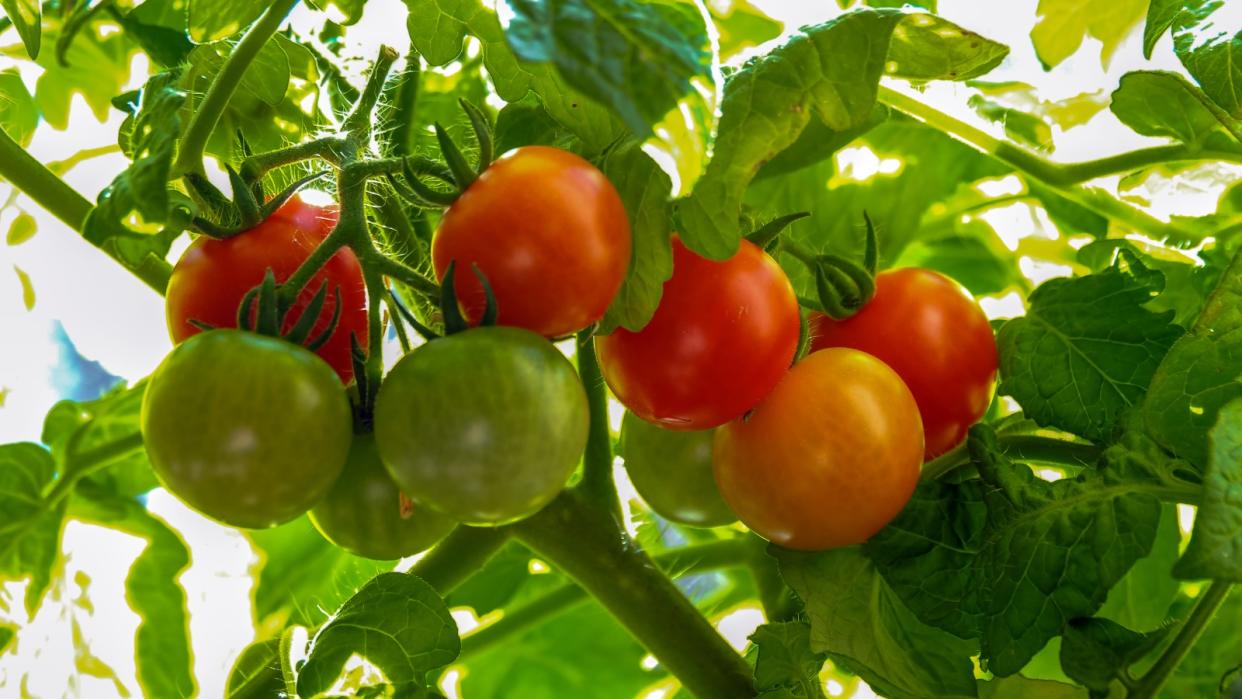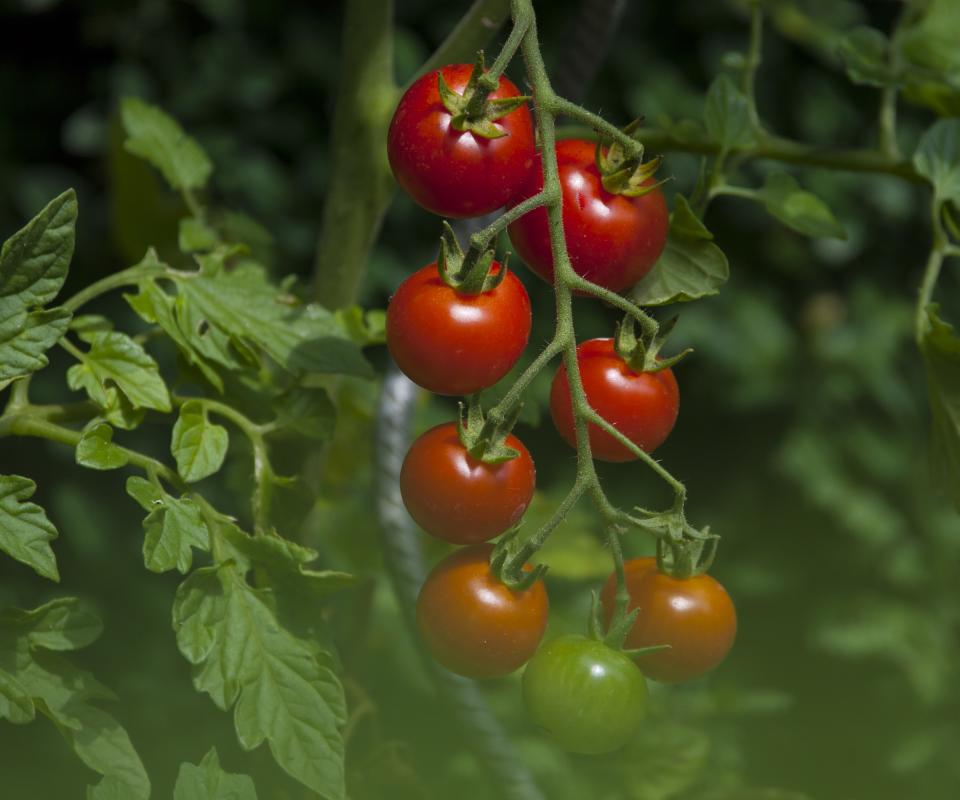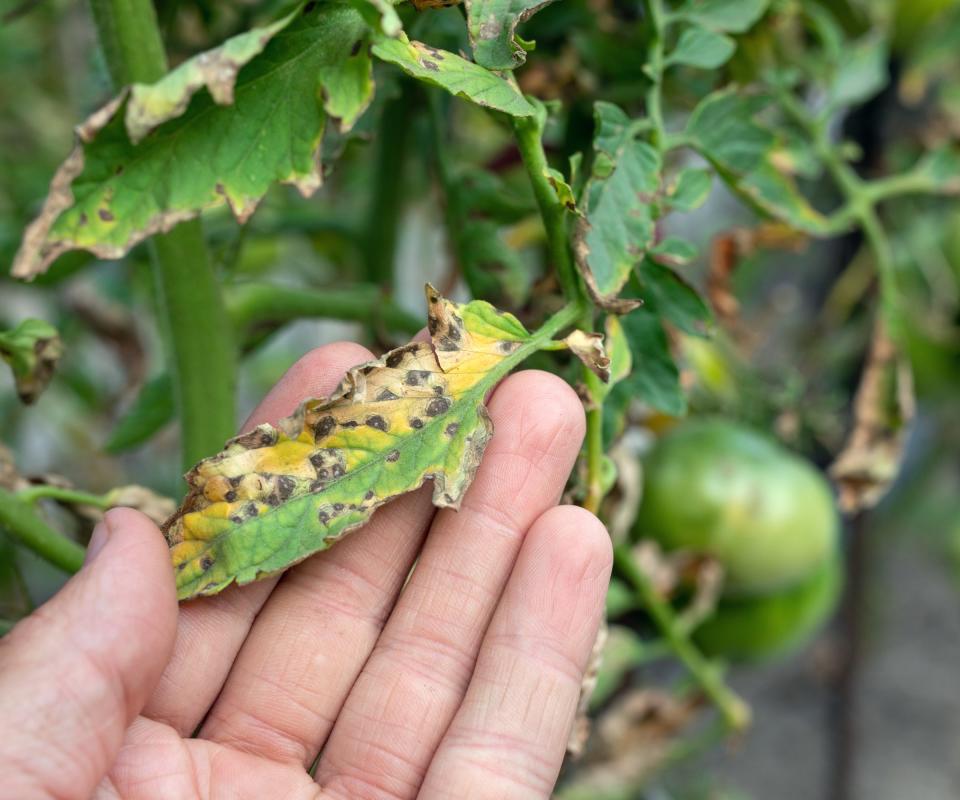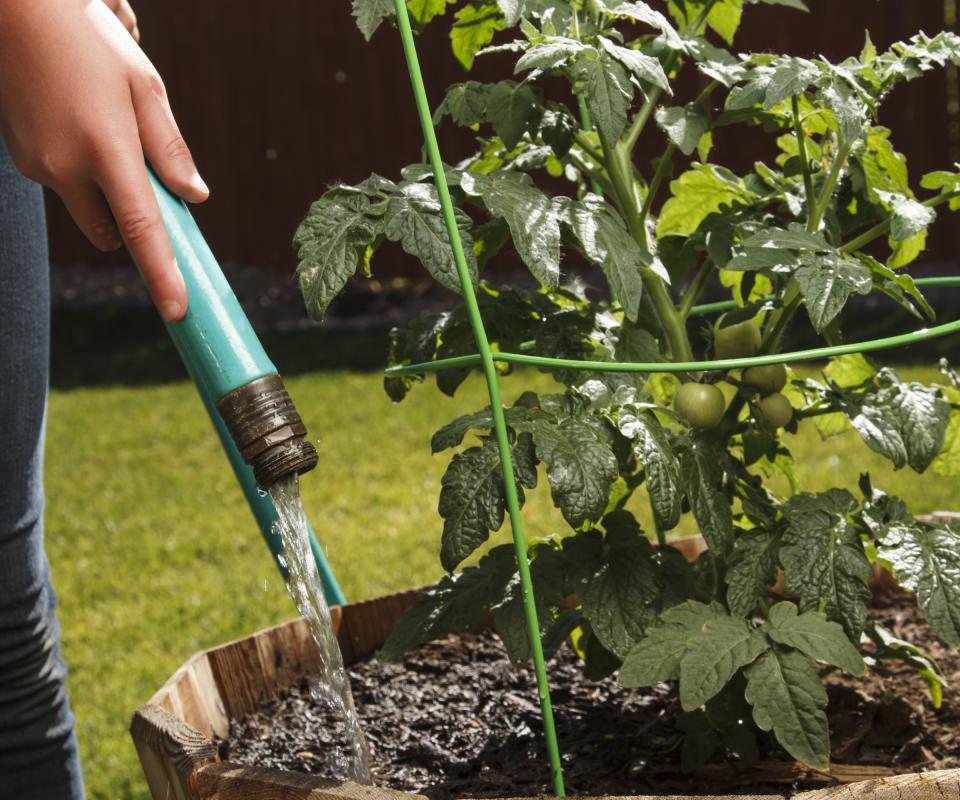Tomato diseases – expert tips and techniques to help avoid and deal with common problems

Tomatoes are one of the most popular crops for people to grow at home. Indeed they often represent one of the first edibles that people start their fruit and vegetable growing adventure with. But any time you are growing tomatoes there is also a list of tomato diseases that could potentially strike and run your harvest.
There is a great range of shapes, colors, and sizes of tomatoes to be able to grow at home. The varieties you choose, along with how you grow and care for your tomato plants, can go some way to help to reduce the potential for diseases.
Even if you do see signs of problems, it is not always the death knell and there are ways to deal with many problems as long as you act fast.

How to spot tomato diseases
Vigilance is key to spotting the signs of many tomato diseases, whether they are being grown in a greenhouse or an outside vegetable garden. There will always be early warning signs that plants are unhappy and they can appear on all parts of the tomato plants. So, when you are watering tomatoes, pruning tomato plants, or harvesting tomatoes, pay close attention to the plant to see any evidence of diseases or pests.
Susan Mulvihill, experienced gardener and author of The Vegetable Garden Problem Solver Handbook, advises keeping your eyes peeled really early in the season to make sure you are not bringing problematic tomato diseases into your garden.
She says: ‘Always closely examine any seedlings you plan to buy prior to paying for them. Look closely at the leaves (both top and bottom) as well as the roots to make sure you won’t be bringing a problem home.’
Once the plants are growing in the yard or in your greenhouse, Susan recommends looking out for ‘spots on the leaves, sudden wilting of the leaves, spots on the fruits, dark lesions on the stems, or mottled leaves’.
These signs are common across many tomato diseases and, if you spot any issues quickly, it can improve the chances for your plants to come through unscathed and your potential yield to not take a massive hit.

Signs of common tomato diseases
Most tomato diseases come in fungal or bacterial forms and can be transmitted either by insects, such as thrips or by the gardener themselves. This can come in the form of touching plants, splashing water around, or on their tools as they move between plants. We take a look at some of the most common tomato diseases and what signs you need to keep your eyes peeled for.
Early blight – a fungal disease that shows as brown or black spots on lower and older leaves that get larger and feature dark edges. The leaf’s tissue can also turn yellow and fruits can display black lesions
Late blight – irregular dark brown spots occur on leaves that quickly enlarge and can be accompanied by white mold. The stems can turn black and fruits feature dark blotches and can be irregular in shape
Verticillium wilt – older leaves can show yellow blotches and randomly start to wilt and droop, before signs of wilting spread to the rest of the plant. Any fruits will be smaller
Leaf spot – a fungal infection that hits leaves, they will show the signs in the form of small dark circular spots that expand to have gray centers. The leaves will turn yellow, wilt, and ultimately fall off
Blossom end rot – not necessarily a disease, but a common condition that forms leathery brown areas to form at the blossom end of the tomato
Powdery mildew – leaves will display pale yellow spots that are followed by a powdery white substance that covers the foliage. The fungal infection first hits lower leaves and infected foliage can turn brown and shrivel
Mosaic virus – leaves display a distinctive light green and yellow mottled pattern and any infected fruit is spotted and brown

How to prevent tomato diseases
Good air circulation can play a key role in helping to combat many tomato diseases. Getting this right can start when you are planting tomatoes and spacing your plants appropriately. When the plants are crowded together, they will be stressed and this leaves them more susceptible to pests and diseases.
Ren Elizabeth, a gardener, homesteader and blogger at Eco-Friendly Homestead, grows tomatoes in a 40ft long greenhouse but resists the temptation to cram in as many plants as possible. They say that tomatoes ‘need good air flow’ and have some tips for how to ensure good circulation around a crop of plants.
‘It's so tempting to try to maximize your yield by planting lots of tomatoes, inevitably planting them closer together to fit them all into their designated space. Resist the temptation! It's much better to have wider spacing and healthier tomatoes,’ says Ren.
‘Be sure to trellis your tomatoes too, to help keep them upright and off of the soil. In the same vein, pruning suckers off of tomatoes will also help with airflow and reduce disease spread.’
The method of watering you choose can also play a part in combating diseases. Overhead watering is a common garden watering mistake and this can easily spread fungal diseases from plant to plant. Drip irrigation is potentially the preferred technique as it spreads less disease, both from getting leaves wet and also splashing spores in the soil up onto the plant.
Making sure to use sharp and clean garden tools whenever you are pruning tomatoes can help prevent the risk of disease, while clean cuts lessen the chances of infections getting in. Finally, crop rotation should be utilized to prevent the build-up of disease in the soil and plants in the nightshade family, including peppers and eggplants, as well as tomatoes, should not be grown in the same spot year after year.

How to deal with tomato diseases
As well as cultural techniques described above that can be implemented to try to reduce the risks of plant diseases, there are measures that can be taken to deal with when some issues strike. However, there are some tomato diseases where nothing can be done, such as fusarium or verticillium wilt, and the only option is to remove the plants and destroy them.
Early observation and action can be critical to keeping on top of diseases. Daily observation and quick removal of any diseased plants or infected leaves or fruits are capable of removing the issue without it spreading. If you do spot any signs and remove the infected plants or tissue, then it is imperative to dispose of them. Do not add diseased material to the pile to make compost with, as a home compost is likely to not reach the temperatures required for long enough to kill these pathogens.
There are fungicides available that can deal with many fungal problems. Susan Mulvihill advises several organic products that, she claims, are ‘very effective at preventing or controlling’ diseases.
She says: ‘These include bio-fungicides which contain beneficial microorganisms that will also improve your soil’s health, copper fungicides, horticultural oil, plant extracts such as garlic extract or neem oil, and sulfur fungicides. As always, follow the label directions to the letter for best results.’
When choosing which varieties of tomatoes to grow, then look to pick ones that have disease resistance. By picking these types, it can reduce the need for any treatment during the growing season. It is common to get tomato varieties that are resistant to verticillium and fusarium wilt, mosaic virus, stem canker, and leaf spot. Any tomatoes that are sold as blight resistant are likely to not be completely immune, but just have a stronger resilience to early or late blight than other varieties.
One good example of a disease-resistant tomato, including having a high level of resistance to blight, is the Bodacious Hybrid tomato variety, available at Burpee.

Bonide Captain Jack's Copper Fungicide | Available at Amazon
This copper fungicide can provide effective control and prevention of fungal diseases including blight, black spot, powdery mildew, and more. It is also approved for organic gardening.View Deal
Do not let the potential number of diseases that can hit tomatoes put you off from growing this fantastic crop. Tomatoes are easy to grow and provide a bounty of fruits each summer.
Take advantage of any preventative factors that you can control. For example, consider where to grow your crops. Planning a greenhouse and growing tomatoes indoors can help as you can control the conditions and rainfall cannot spread fungal spores.
But, wherever you grow tomatoes, always keep good hygiene and proper watering at the forefront of your thinking to both reduce the likelihood of disease hitting and also limit the spread of any issues.